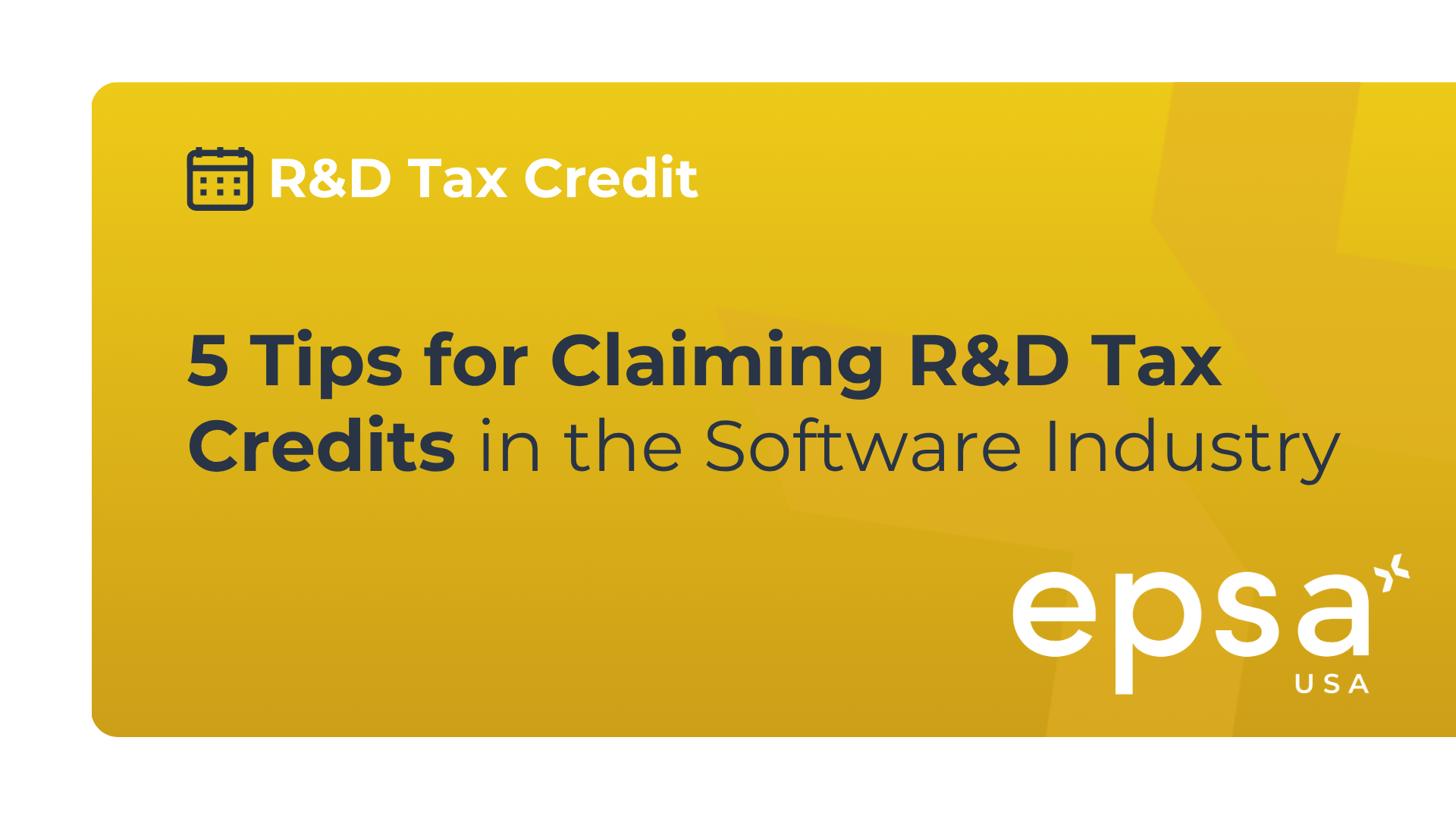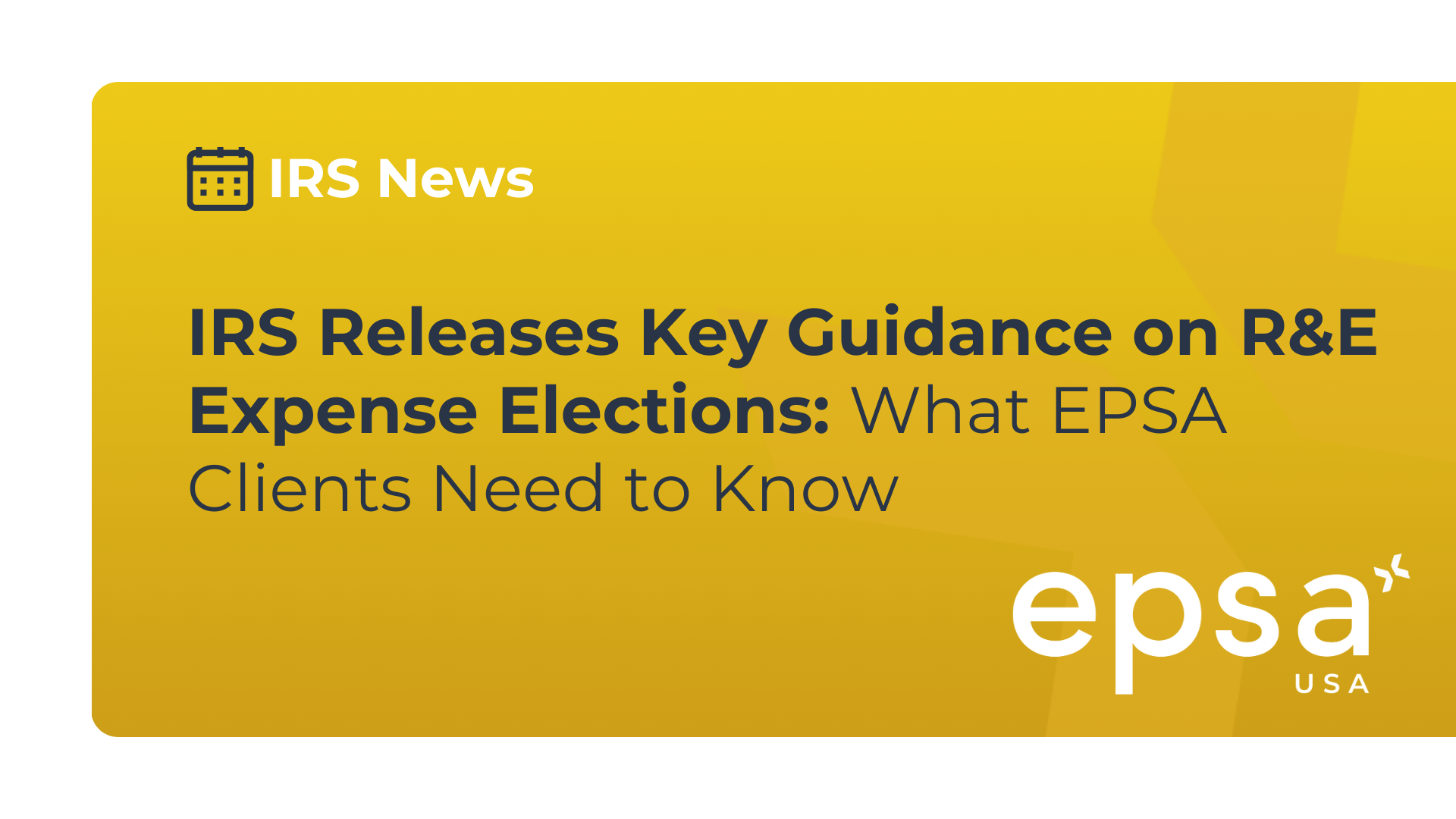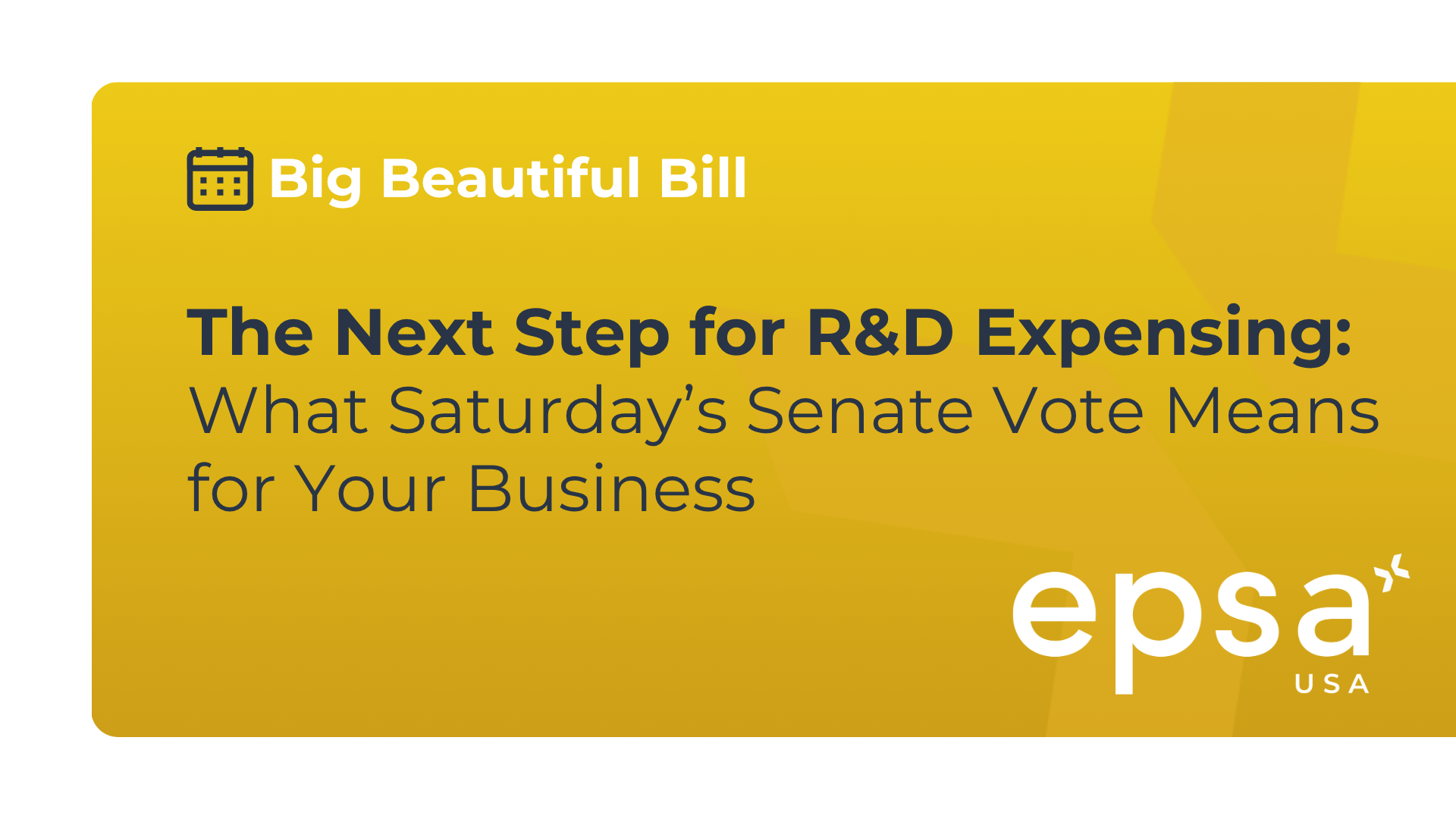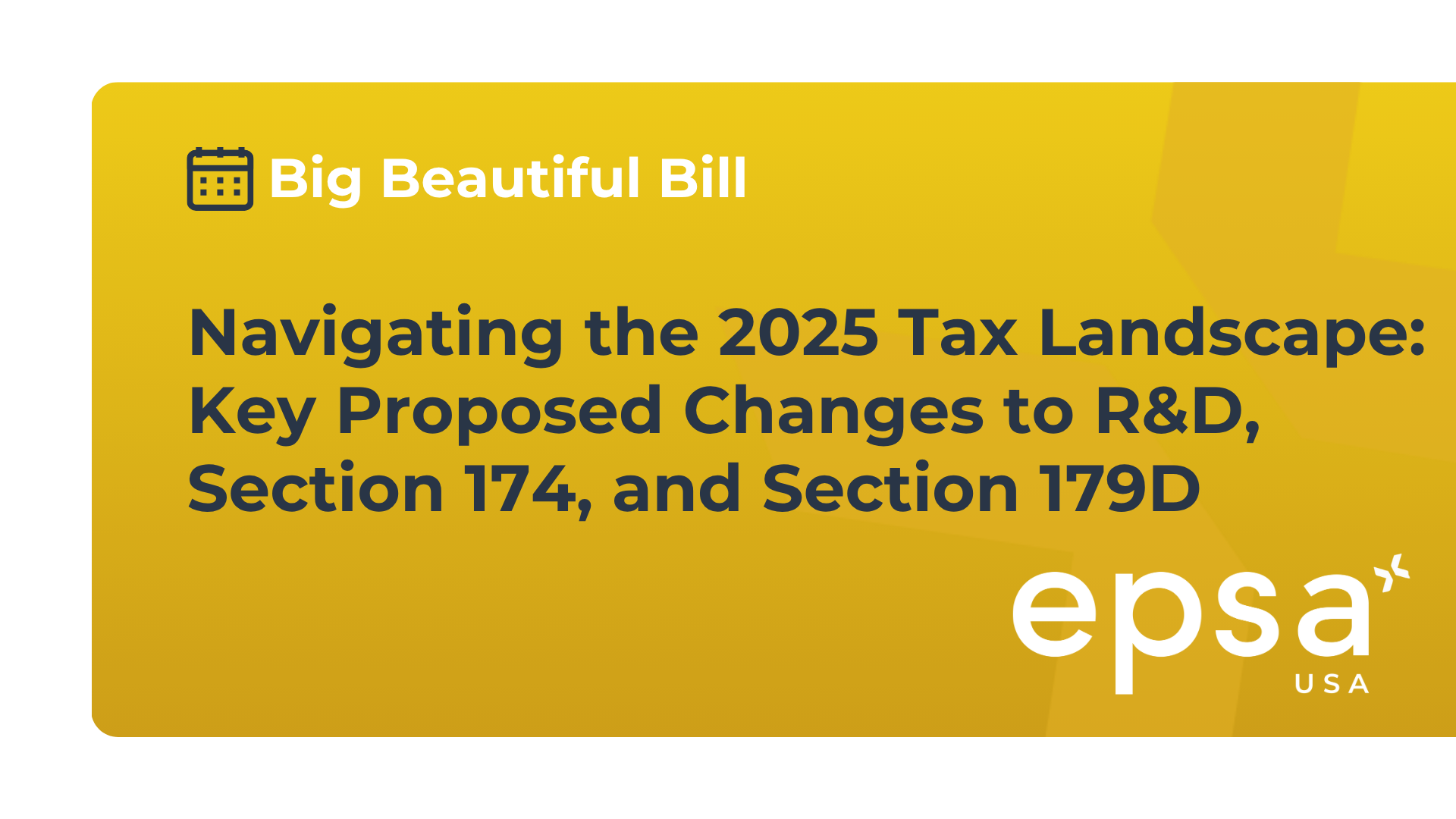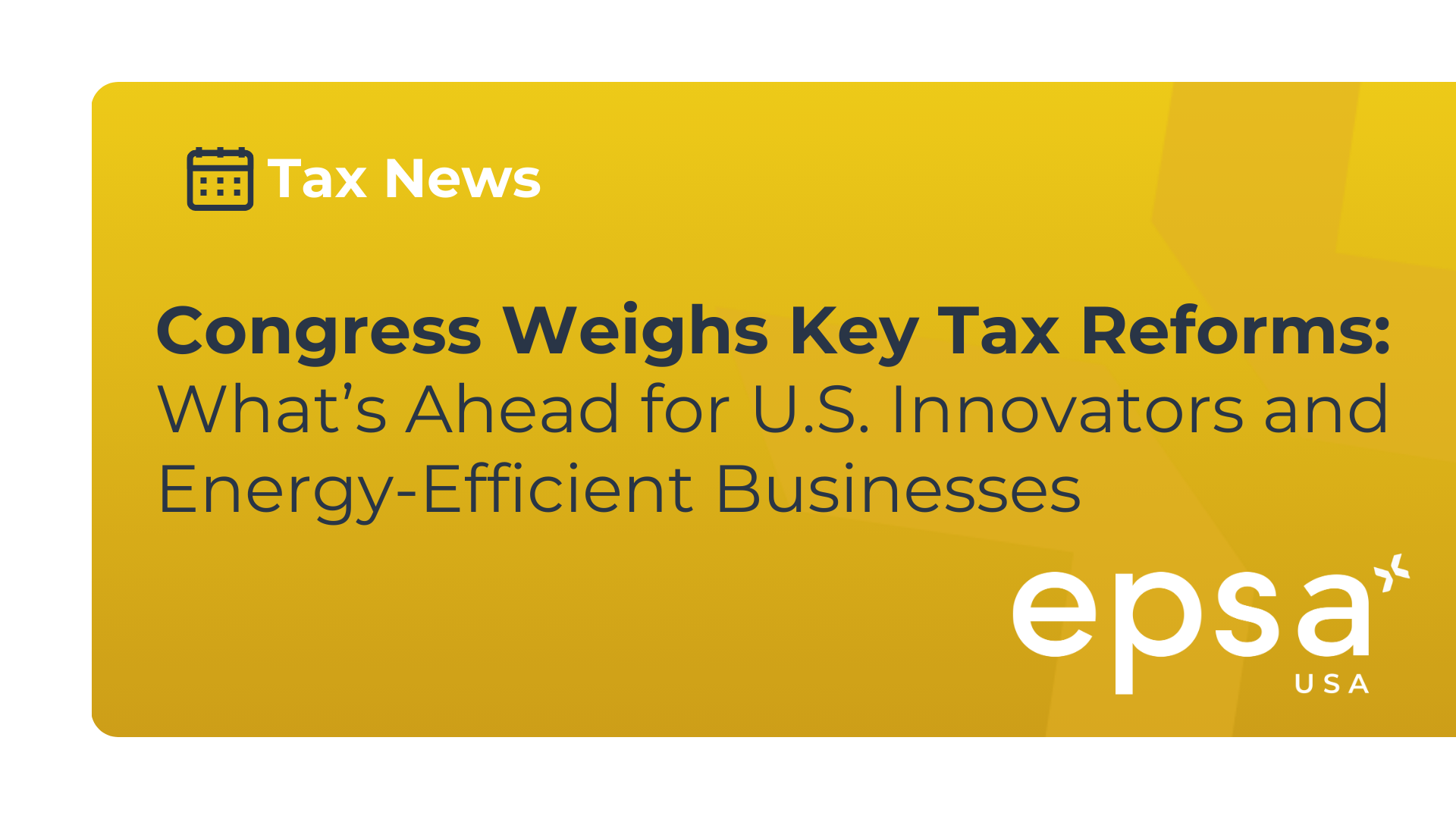5 Tips for Claiming R&D Tax Credits in the Software Industry
The rapid evolution of artificial intelligence (AI) has led to groundbreaking innovations across industries. However, many AI companies may not be fully leveraging one of the most valuable financial incentives available to them: the U.S. Research & Development (R&D) Tax Credit. Understanding how to maximize this credit can significantly reduce tax liabilities and free up capital for further innovation.
By Samantha Wenden
Don’t leave money on the table — claim what you’ve earned. Especially with 174 amortization requirements!
The R&D tax credit is one of the most powerful — and underutilized — incentives available to software companies in the U.S. Whether you’re building SaaS products, internal platforms, or advanced algorithms, there’s a good chance your work qualifies.
But navigating the credit can be tricky. From documentation requirements to identifying the right expenses, many companies either underclaim or expose themselves to risk by doing it wrong.
Here are five tips to help you claim R&D tax credits with confidence:
- KNOW WHAT COUNTS AS R&D
Many companies assume only “breakthrough innovation” qualifies — but the IRS definition of R&D is much broader.
If your work involves:
- Overcoming technical uncertainty
- Creating or improving software products or systems
- Using a systematic process (like Agile sprints or versioned testing)
…you’re likely doing eligible R&D. This applies to internal tools, client-facing platforms, integrations, and more.
- TRACK TIME AND PROJECTS EARLY
You don’t need a formal time-tracking system to qualify — but you do need to reasonably estimate how much time your technical staff spent on R&D activities.
To stay audit-ready:
- Tag Jira tickets or development logs by project
- Have engineers self-report % of time spent on R&D
- Keep a list of qualifying projects with short technical descriptions
- DON’T OVERLOOK CLOUD HOSTING AND DEVOPS
Cloud expenses like AWS, Azure, and GCP can qualify — but only the portion directly tied to R&D.
For example, you can include:
- Training machine learning models
- Testing new infrastructure or configurations
- Temporary dev/test environments
Exclude costs for storage, staging, or production unless they’re strictly used for experimentation.
- EXCLUDE NON-QUALIFYING ACTIVITIES
Not every engineering task is eligible. Common non-qualifying activities include:
- Bug fixes and routine maintenance
- UI/UX refinements with no technical uncertainty
- Market research or user testing
- Work done outside the U.S.
Being conservative in your definitions reduces audit risk and ensures your credit holds up under scrutiny.
- PARTNER WITH A SPECIALIST
The software industry presents unique challenges — like identifying technical uncertainty in agile workflows or allocating DevOps costs. A general CPA might miss these nuances.
Working with a provider who understands Section 41, cloud R&D, and documentation best practices can:
- Maximize your credit
- Protect you during IRS review
- Save you time compiling support
FINAL THOUGHTS
If you’re writing code to solve complex problems or build new features — you’re likely doing R&D. With the right preparation and guidance, claiming the credit can return tens or even hundreds of thousands back to your bottom line.
Engaging with EPSA USA, which has long-standing expertise helping engineering firms with credits and incentives, can ensure proper documentation, optimized savings, and streamline the claiming process alongside your CPA firms.
Share this article
